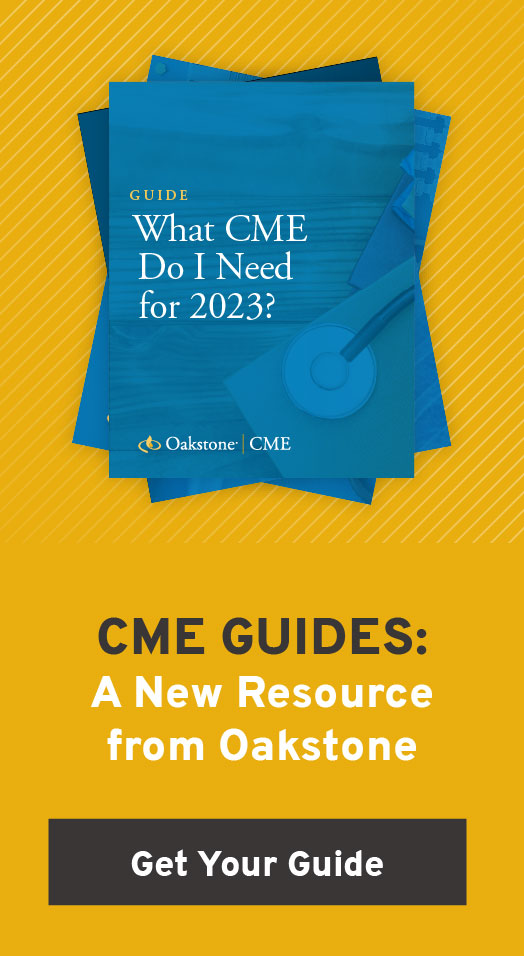Achieving Work-Life Balance and Recognizing Physician Burnout
Apr 11th 2020

Google “physician burnout” and you’ll find a plethora of articles, most of which acknowledge that more clinicians are suffering from burnout than ever. If that’s the case, can physicians ever really achieve a work-life balance?
The answer is yes — in a way. It’s possible for physicians to achieve a level of integration of their work and personal lives. “You can have satisfaction in terms of both your work and personal life,” says Diane Shannon, MD, MPH, ACC, a coach and consultant at Shannon Healthcare Communications, Brookline, MA. She is also the co-author of Preventing Physician Burnout: Curing the Chaos and Returning Joy to the Practice of Medicine. “But having everything in balance, all the time, and being able to do everything, I don’t think so.”
“Burnout was occurring long before [the advent of] electronic medical records,” notes Prentiss Taylor, MD, FACP, Vice President of Medical Affairs at Doctor On Demand in Chicago and Chief Medical Editor at Oakstone. “[EMRs] exacerbated it, but burnout is something physicians have struggled with for decades. Early in my career I experienced burnout before I knew what to call it. But I changed my lifestyle, as well as the type of work I was doing to deal with it.”
What Is Burnout?
Before you can prevent it, you must know what burnout is. Experts break it down into three components:
- Emotional exhaustion – It’s more than just feeling that you need a vacation. It’s more of a sense that you just can’t go on any more.
- Depersonalization – This entails detaching from the emotional aspects of work.
- Inefficacy – This is a low sense of personal accomplishment in one’s work.
“I think about burnout in terms of three levels,” says Dr. Shannon. “There are individual factors, which are the personal stressors the physician brings with him or her to work every day, such as going through a divorce, caring for an elderly parent, and [living with] an untreated mental health issue or substance abuse. Then there are workplace factors, such as workload, the efficiency of the practice environment, and the amount of team support. Finally, there are external factors, such as changing patient demographics and the shifting regulatory landscape related to reimbursement, quality measures, and other domains.”
In speaking with many physicians over the past five years, Dr. Shannon has found that when asked what causes them the most stress, the number one response is EMRs and other items related to documentation, such as prior authorization.
Dr. Taylor says he knows very few physicians in traditional medical settings who can take a lunch break without various pressures. “They feel they need to use that time to catch up on messages, EMR tasks, etc., and that’s how they try to ‘efficiently’ manage their time so they can get out of the clinic or office at a reasonable time,” he explains. “Otherwise, that stuff tends to pile up throughout the workday and then you have all these unanswered calls and messages, and these things take time to handle.”
He adds: “That is one reason some physicians are attracted to telemedicine: thoughtful telemedicine group practices give them much more control over their daily schedule.”
Oakstone's online CME subscriptions can simplify your conitnuing medical education needs. Don't let CME requirements add stress to your professional life.


